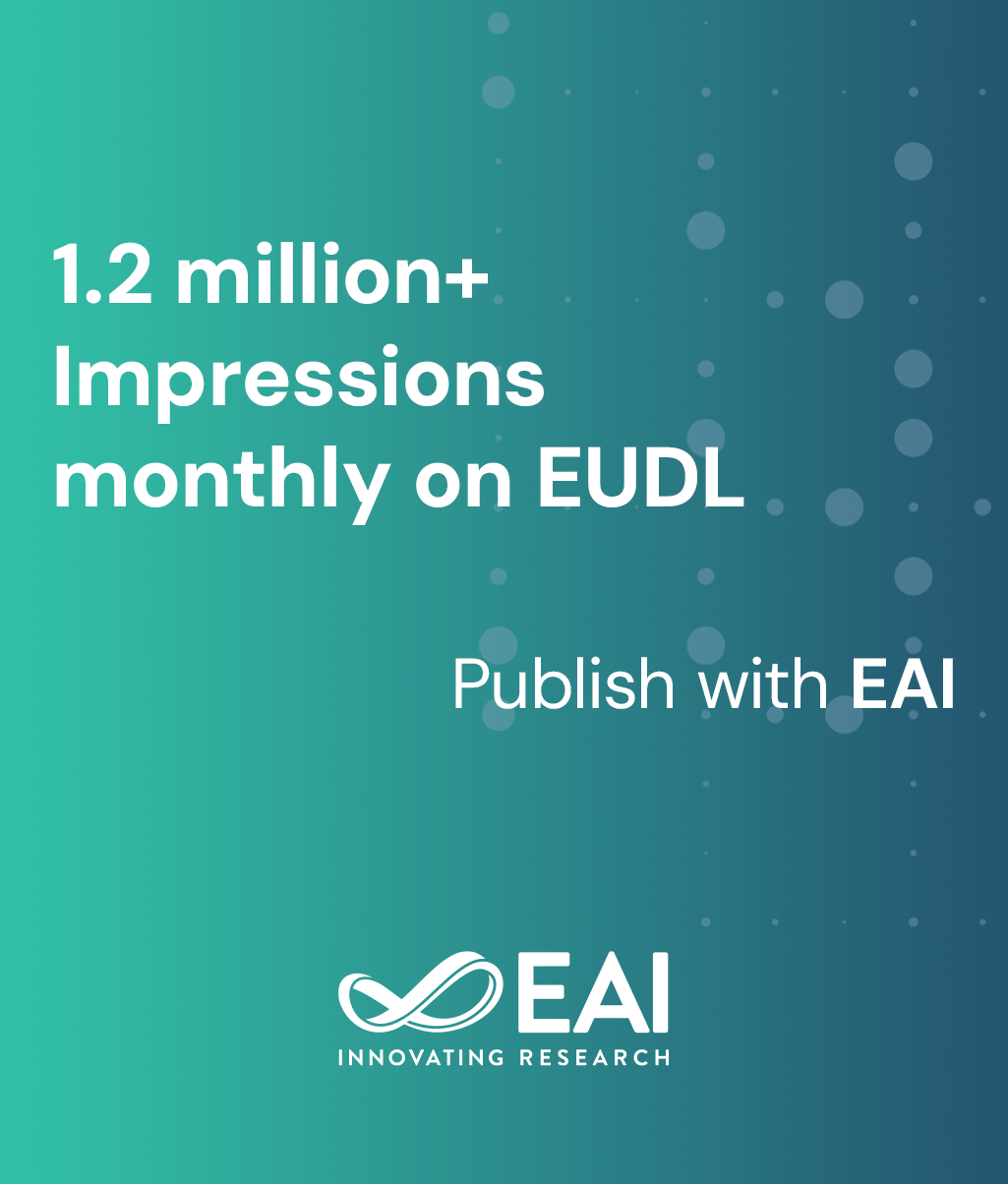
Research Article
Experimental Models of Chronic Kidney Disease – A Review
@INPROCEEDINGS{10.4108/eai.13-11-2024.2355682, author={Haribabu T and Preeti P Angadi and Manjunatha Panduranga Mudagal and Suresh Janadri and Uday Raj Sharma and Surendra Vada and Nageena Taj and Archana BG and Jyotsna S Kharvi and Ranjith Kumar R}, title={Experimental Models of Chronic Kidney Disease -- A Review}, proceedings={Proceedings of the 1st International Conference on Frontiers in Physical and Chemical Sciences: Exploring New Horizons, FPCS 2024, 13-14 November 2024, Bengaluru, Karnataka, India}, publisher={EAI}, proceedings_a={FPCS}, year={2025}, month={8}, keywords={ckd in vivo mouse model \& rat model}, doi={10.4108/eai.13-11-2024.2355682} }- Haribabu T
Preeti P Angadi
Manjunatha Panduranga Mudagal
Suresh Janadri
Uday Raj Sharma
Surendra Vada
Nageena Taj
Archana BG
Jyotsna S Kharvi
Ranjith Kumar R
Year: 2025
Experimental Models of Chronic Kidney Disease – A Review
FPCS
EAI
DOI: 10.4108/eai.13-11-2024.2355682
Abstract
Study on chronic kidney disease (CKD) requires reliable animal models because it is a major worldwide health concern.It has a substantial global health burden, a variety of etiologies, and complicated progression pathways. The many in vivo models used in CKD research are thoroughly analysed in this review. The models are grouped according to the etiology of CKD, which includes drug-induced nephrotoxicity, glomerulonephritis, diabetic nephropathy, and hypertension-induced renal damage. Each model's benefits and drawbacks are discussed with an emphasis on how relevant each is to a particular CKD pathology. New developments like genetically modified models and sophisticated imaging methods are examined. It is emphasized how crucial translational research is to verifying results from studies conducted on animals that are applied to humans. To sum up, this review highlights how important in vivo models are to understanding the pathophysiology of CKD and to developing new treatments. Including a variety of models that capture the complexity of CKD facilitates understanding


